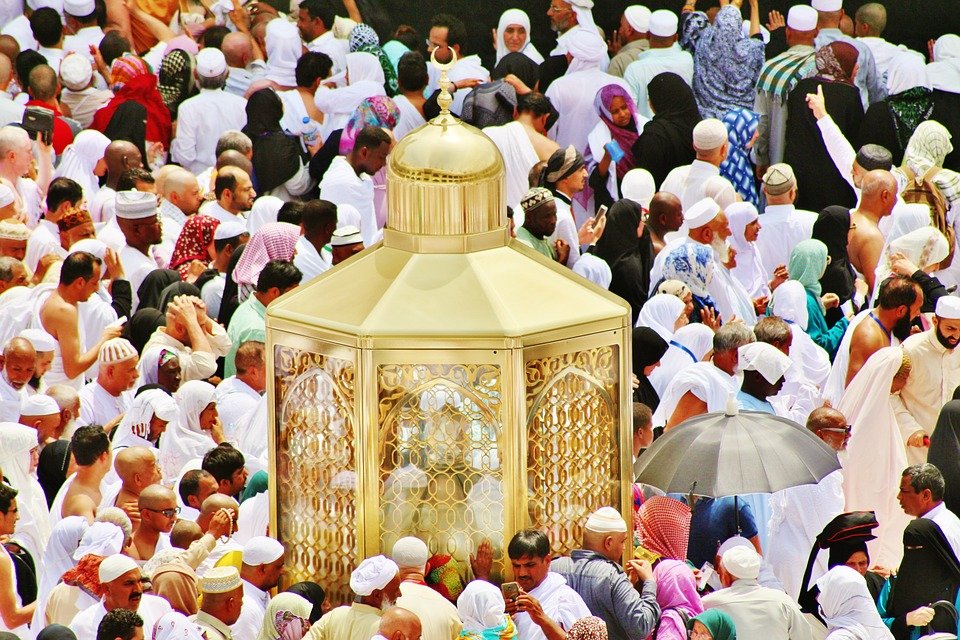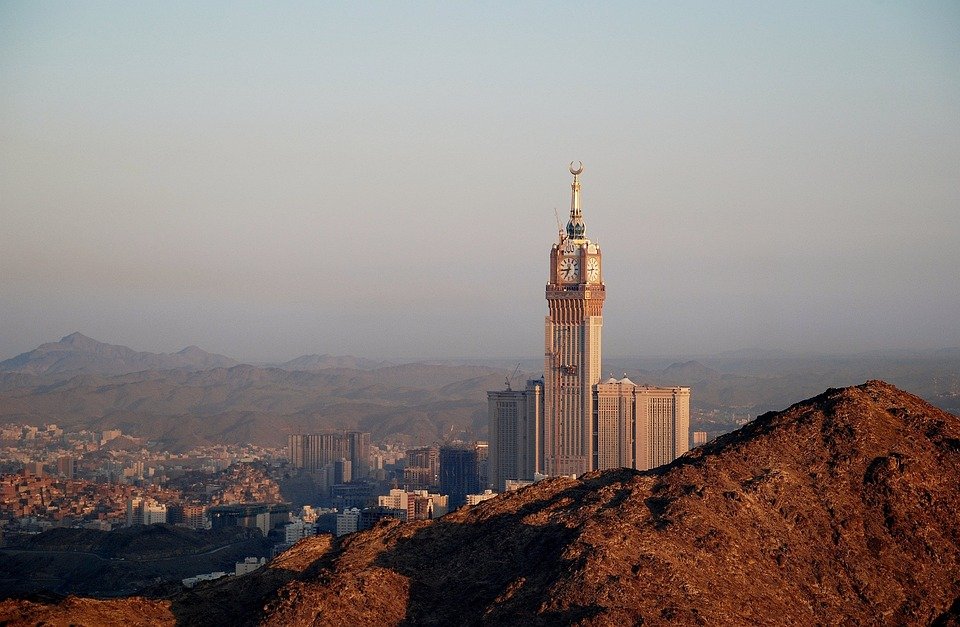You are here to read: Do Women Take Off Burka for Hajj? Insights and Cultural Views – A Thoughtfully Written Guide Offering Spiritual Wisdom and Travel Advice for Every Pilgrim who is going on holy journey of Hajj or Umrah.
In this article about “Do Women Take Off Burka for Hajj,” I want to provide you with a clear and informative guide on this important aspect of the pilgrimage. Many people wonder if women are required to remove their burkas during Hajj, and the answer varies based on cultural and personal beliefs. Throughout this piece, I promise you’ll find a proper guide that addresses the nuances of this practice, helping you understand the perspectives surrounding it. Whether you are planning your first Hajj or seeking more information, this article aims to clarify your doubts regarding this topic.
The significance of understanding “Do Women Take Off Burka for Hajj” goes beyond just the act itself; it touches on cultural interpretations and deeply-held beliefs within the Muslim community. We have built our expertise over nine years in the Umrah and travel fields to provide you with accurate information. I feel that clarifying these aspects is essential for respectful travel and understanding the practices during this sacred time. Together, we can explore insights and cultural views that shape this topic, creating a more informed approach to your pilgrimage experiences.
Understanding the Burka
The burka is a traditional garment worn by some Muslim women. It covers their entire body, including the face, offering a sense of modesty and privacy. Many women choose to wear it as a way to express their faith and commitment to cultural values. The burka can vary in color and design, reflecting personal style while still adhering to the principles of modest dress. In various cultures, the burka symbolizes dignity and respect.
When we think about the burka, it’s important to understand that wearing it is often a personal choice. Some women feel empowered and comfortable in it, while others might prefer different forms of dress. Each woman has her own story behind her choice, and it’s essential to listen and learn from those experiences. In places where traditions are deeply rooted, the burka can be a significant part of a woman’s identity.
The Significance of Hajj
Hajj is one of the most important events in the Islamic calendar. Every year, millions of Muslims travel to the holy cities of Makkah and Madinah to perform this pilgrimage. It provides a unique opportunity for spiritual purification and reflection. The journey is filled with rituals, each holding deep meaning and significance. Muslims believe it brings them closer to Allah and allows them to connect with fellow believers from all over the world.
During Hajj, Muslims wear the Ihram, which consists of simple white garments. This clothing symbolizes purity and equality among participants, regardless of their background. The focus shifts from material possessions to spiritual growth, reinforcing the theme of humility and unity. Thus, the choice of clothing during Hajj is vital for both personal expression and collective experience.
Do Women Take Off Burka for Hajj?
When it comes to Hajj, the question arises: do women take off the burka? The answer is nuanced. While the burka is a symbol of modesty, women participating in Hajj typically wear the Ihram instead. This clothing consists of two simple white cloth pieces, allowing for comfort during the pilgrimage. It signifies a departure from everyday life and emphasizes equality among all pilgrims.
You're at the middle of this awesome post at AirlinkHajjandUmrah.com through: Do Women Take Off Burka for Hajj? Insights and Cultural Views. Keep reading, it gets better!
Many women wearing the burka may feel a mix of emotions about this transition. Some might embrace the change and find it liberating, while others may feel hesitant. It’s essential to approach this subject with sensitivity, recognizing the personal beliefs and choices of each woman. In this holy space, the focus is on spirituality rather than specific cultural attire.
Cultural Perspectives on Modesty
Culture greatly influences perspectives on modesty. In some societies, traditional garments like the burka hold significant importance. For many, wearing such clothing demonstrates devotion and respect for religious customs. However, as cultures interact and meld, ideas about modesty evolve. People around the world have different interpretations of how best to express their faith through clothing.
Some argue that modesty should be defined by the individual’s preferences rather than strict rules. This perspective values personal freedom and interpretation. Women in varying cultures often debate what they wear, linking it to their beliefs and lifestyles. Understanding these diverse views helps us appreciate the multifaceted nature of modesty and how it can differ from one person to another.
The Role of Community in Decisions
In communities where cultural norms are significant, the decisions surrounding clothing, including the burka, often involve family and friends. Many women consult those close to them for advice and support. This communal spirit reflects shared beliefs and collective identity. Decisions about changing one’s attire for Hajj may come with encouragement from family members who have undergone a similar transformation.
This support network can be immensely helpful for women who may feel uncertain about shifting their clothing styles during Hajj. Open discussions within the community foster a sense of belonging and understanding. Ultimately, each woman’s choice is respected, highlighting the essence of cooperation and camaraderie within these communities.
Women’s Rights and Choices
Women’s rights in various cultures often intersect with discussions about clothing, including the burka. Some advocate for freedom of choice, believing that every woman should have the right to decide how she presents herself. This perspective empowers women to embrace their identities while respecting cultural norms. Encouraging women to make informed decisions is essential for both personal agency and societal growth.
The conversation about women’s rights is complex. Advocates for one side may argue for complete liberation from traditional garments, while others argue for the right to wear them proudly. These discussions contribute to a more comprehensive understanding of individual choices and communal responsibilities. Recognizing the unique journeys of women can pave the way for more inclusive conversations about clothing and identity.
Conclusion: A Respectful Approach to Differences
In conclusion, discussing whether women take off the burka for Hajj opens up a world of rich cultural insights. Each woman’s experience is unique, shaped by her beliefs and community influences. Whether someone chooses to wear a burka, an Ihram, or something else entirely, what matters most is respect and understanding.
As we navigate these conversations, we should acknowledge the diversity of thought and practice surrounding modesty. Celebrating our differences can help foster a peaceful coexistence. Being open-minded encourages us all to learn and grow from one another, creating a more harmonious global community.
That wraps up Do Women Take Off Burka for Hajj? Insights and Cultural Views. Thanks for sticking with us till here! Share this: Do Women Take Off Burka for Hajj? Insights and Cultural Views with your friends.
Check our homepage at Air Link Hajj & Umrah for more awesome updates.
Some interesting posts are: 1: Umrah Mubarak, 2: When is Umrah closed 2026?, 3: When does Umrah start after Hajj 2026?
Mushu, an experienced Saudi Arabia traveler and writer, shares insightful tips and spiritual reflections to enhance Hajj and Umrah journeys for fellow pilgrims. He has been to Makkah and Madina from 2016 to 2023 many times and his posts will reflect this.






